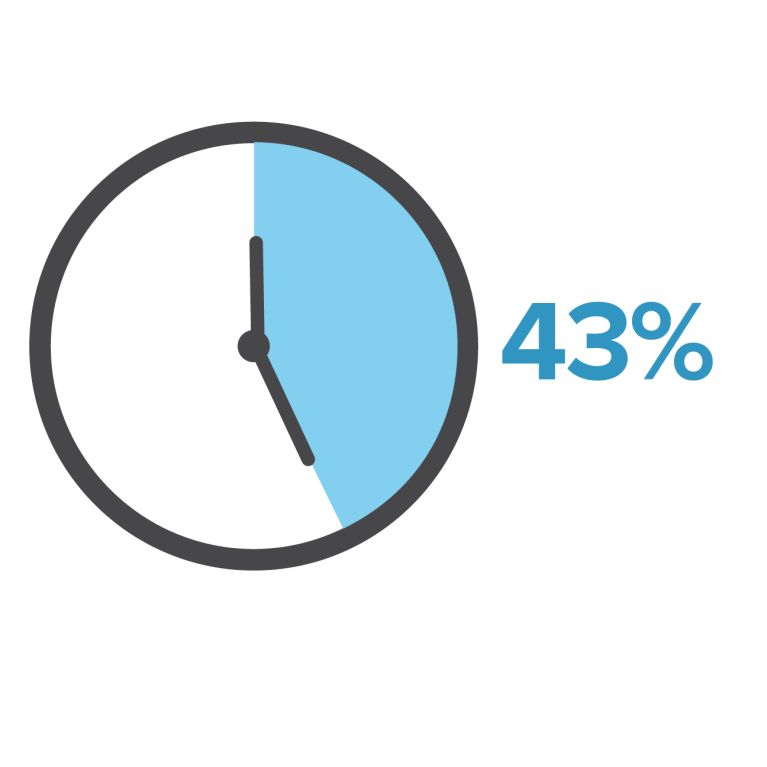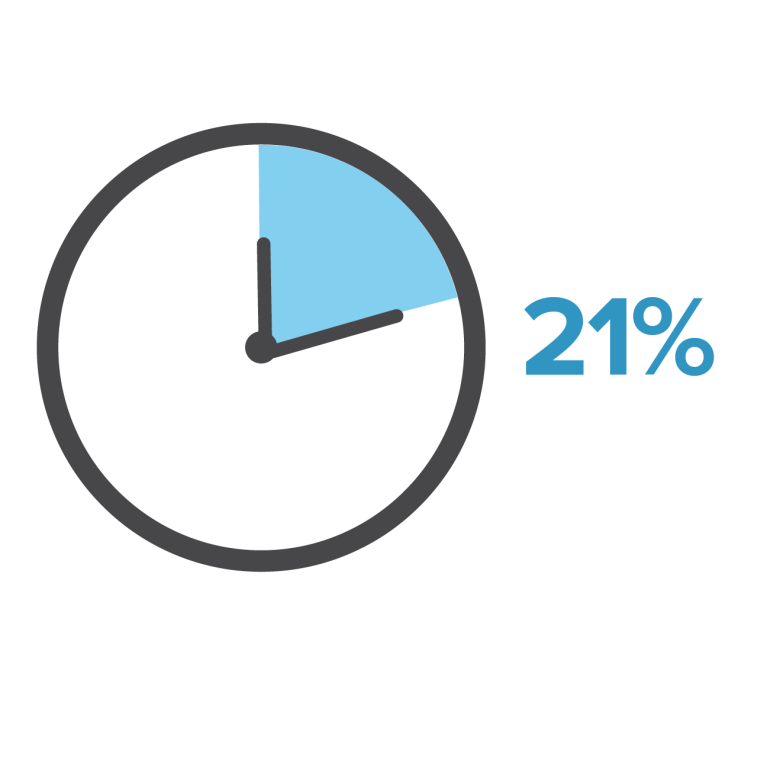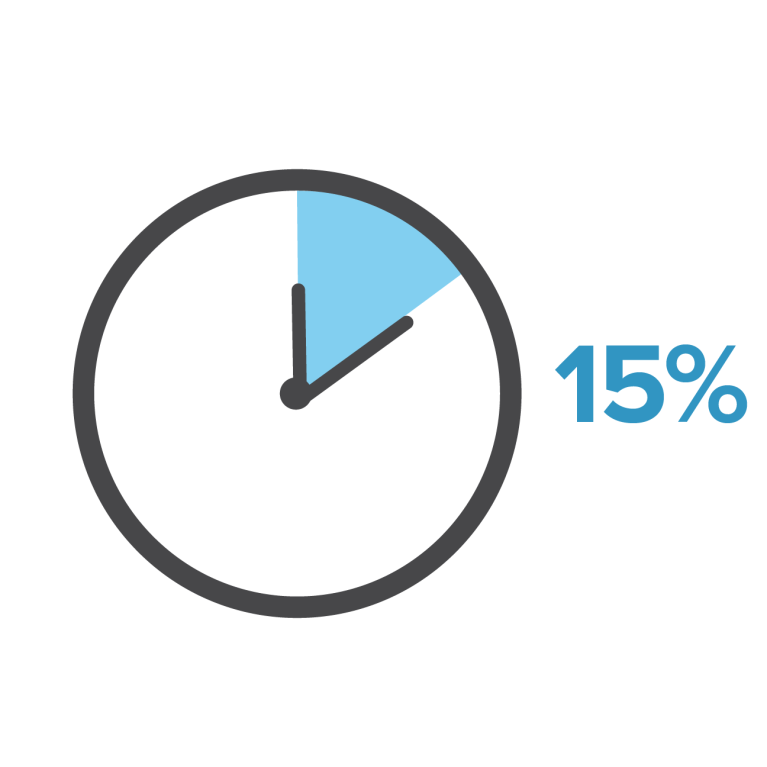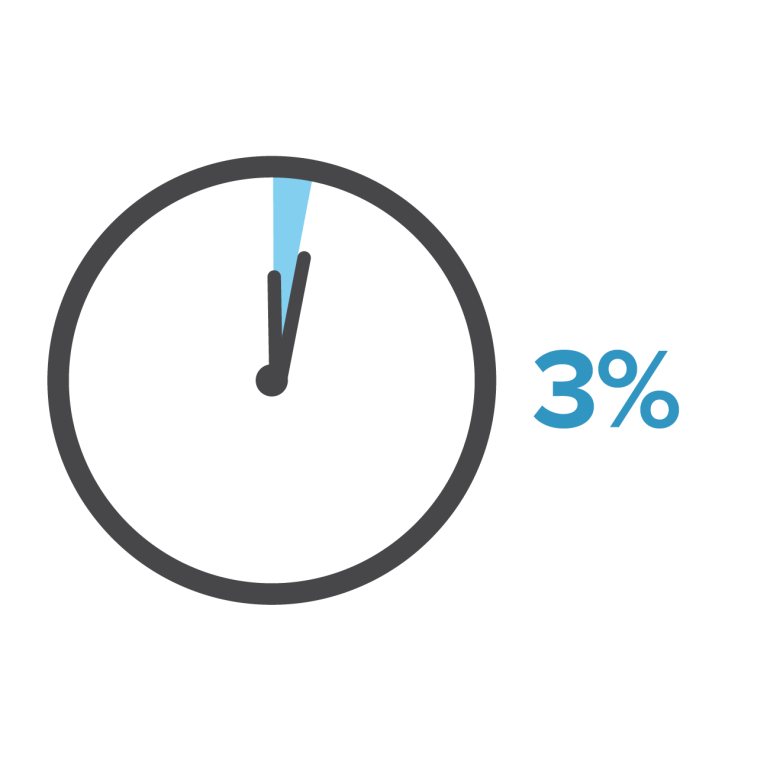How to Design a 21st Century Time-Off Program
Facing tight competition for talent and a maze of regulatory requirements, HR leaders are taking creative new approaches to vacation and sick time
Introduction
At Moz, a software company in Seattle, employees get a paid paid vacation.
That’s not a typo. In addition to receiving 21 days of standard paid time off, each employee is given $3,000 a year to spend on airfare, gas, hotels, meals, pet-sitting and other vacation-related expenses.
“We got the idea from another company and thought it would be a great way to reward our team,” says Rebecca Clements, head of HR at Moz, which has about 150 employees.
It’s a different way of thinking about time off—as is allowing employees to “trade” traditional holidays like Christmas for days off of their choosing. That’s the approach that music-streaming company Spotify recently rolled out in an effort to recognize the cultural and religious diversity of its more than 2,000 employees.
Both policies are a far cry from the days when two weeks’ vacation and eight fixed holidays were the norm. With tough competition for talent, a shifting legislative landscape and the most diverse workforce in generations, progressive company leaders are rethinking how to keep employees happy both inside and outside the office. In fact, last year nearly a third of organizations increased their overall benefits, which include a mix of time off, health insurance and other perks, according to the 2017 Employee Benefits research report from the Society for Human Resource Management (SHRM). And a SHRM report on 2017 holiday schedules indicates that 30 percent of employers now offer paid floating holidays other than personal days and standard holidays.
“There’s just more openness to the fact that people need flexibility, and when they have that flexibility, they are more engaged, more productive and more likely to stay with the organization,” says Mikaela Kiner, founder and CEO of Uniquely HR, a consulting firm based in Seattle.
While there’s a generational component at play as well, that’s only part of the picture. “It does have something to do with Millennials, but I also think that all generations in the workforce are looking for more flexibility,” says Sylvia Francis, SHRM-SCP, total rewards manager for the Regional Transportation District in Denver.
After the lean years of the recession, burned-out employees of all ages are looking to strike a better balance between work and personal time. “Boomers and Xers … want to travel or spend more time with grandkids,” Francis says.
In addition, the nature of employment is itself changing, with most people staying in jobs for 18 to 36 months. Packages that limit employees’ time off until they’ve hit a certain level of tenure don’t reflect that reality and are often a turnoff to potential employees, says Alice Chin, founder and CEO of Your Other Half, a Philadelphia-based small-business consultancy.
That’s why many organizations now offer a 15-day bank immediately, Chin says, and some are moving to unlimited vacation packages in which employees—and their managers—can decide how much time they can take while still getting their jobs done. Here are several other approaches that progressive leaders are trying.
35 percent of Americans don’t plan on taking all of their vacation days this year. Here’s why:






Combined PTO Banks
A growing number of employers are switching to paid-time-off (PTO) banks that don’t differentiate between sick leave and vacation time. Data tracked by consulting firm Mercer’s annual Survey on Absence and Disability Management, a poll of more than 450 U.S. employers, found strong growth in PTO banks—63 percent of employers used them in 2015, up from 38 percent in 2010.
At the same time, new state and local laws governing sick leave could put a cap on the growth of PTO banks. California and New York City, for example, have legislation requiring employers to provide employees with a certain amount of paid sick leave.
“I think we will see PTO bank use leveling off a bit based on what happens at the state and local levels,” says Rich Fuerstenberg, senior partner with Mercer in Princeton, N.J. Such laws do not preclude the use of PTO banks, but they do make their administration a bit more complex.
The benefits can be attractive, however: 54 percent of employers that implemented a combined PTO program said unscheduled absences dropped by up to 10 percent when they started the new policy, according to a survey by the Alexander Hamilton Institute. Four percent found that those absences dropped by more than 20 percent.
A combined policy also means less tracking for HR and obviates the need some employees may feel to “prove” when they’re sick, Francis says.
“We made the switch because our people were not using their sick time and were complaining about not having enough time off,” says Kerry Wekelo, managing director of HR at Actualize Consulting in Reston, Va. “So we combined to a total of four weeks’ paid time off versus two weeks’ vacation and two weeks’ sick time,” Wekelo says of her 50-employee company, which offers corporate financial consulting. “Our people love this, and, even as we hire new recruits, they rave about starting at a firm with four weeks’ vacation.”
But a combined model doesn’t work for everyone. It’s often unpopular among employees who have high health care utilization needs and are thus forced to use a disproportionate share of their time off on their medical needs. Try surveying employees to see if the bundled option appeals to them, Wekelo recommends.
Something else to consider: Under many state laws, employers with a single PTO bank are required to treat accrued but unused balances as vacation pay when workers’ employment ends, says Marjory Robertson, assistant vice president and senior counsel at Sun Life Financial in Wellesley Hills, Mass.
“A potential benefit of keeping sick days and vacation days separate is that, in most states, employers are not required to pay out sick days upon termination of employment, as long as the sick days policy is clear that no such payment is owed,” Robertson says. This is true even under paid-sick-leave laws, she says, although companies may have to restore the unused balance if the employee is rehired within a specific time.
For that reason, some employers that implement PTO banks opt to give employees fewer total days than they had previously. “The reasoning behind this is that, in most cases, 100 percent of PTO is paid out at separation where sick time is usually not, so the payoff liability for employers may be greater than with a sick/vacation policy,” Francis says.
Another issue with banked systems is that they may incentivize employees to come to work when they’re sick so they can optimize their vacation options. Offering generous short-term disability coverage or a self-insured program can help reduce the likelihood of this occurring, Robertson says.
Forced Time Off
Research shows that people are more productive when they take breaks, yet many employees are reluctant to fully unplug because they fear doing so will put them behind. “I believe that employers are offering more time off, but I also believe that employees are more willing to work when they have time off,” Robertson says. “Technology has made it easy—some say too easy—to remain connected while away from the office.”
That’s why some leaders are finding creative ways to send a strong message to employees that vacation time should be just that.
For example, Bart Lorange, CEO and co-founder of Denver-based software company FullContact Inc., pays his 325 employees to take a vacation. The arrangement is similar to that at Moz: Workers receive $7,500 annually after one year of employment, provided they use the funds for a vacation and agree not to connect to work while they’re off.
“The idea for the policy came from my own personal experience with going on vacation,” Lorange says. “I’ve seen people [who] take advantage of the policy come back recharged and focused, which makes for very happy, productive employees.”
There are no predetermined amounts of allowable time off, but each employee is required to take a minimum of three weeks each year. There are no accrued hours or carry-over time from one year to the next.
“With approval, you determine when you need time away from work,” Lorange says. “There are no strings attached to this program.”
At Moz, the only requirement employees must meet to receive their $3,000 vacation money is to spend it on time off away from home, whether it’s for a solo day trip or a multiweek family getaway. Workers can apply the money to trips taken using PTO or for weekends away, Clements says.
“There is a little admin work—gathering receipts, submitting a reimbursement request in our accounting system—but this is a widely used benefit,” she says.
[SHRM members’-only policy: California Paid Sick Leave Policy: Lump Sum]
Sabbaticals
At Autodesk Inc., a San Francisco-based IT company with 9,000 employees worldwide, full-time U.S. workers can take a paid six-week sabbatical every four years, says Jill McChesney, senior PR manager for the company. The time off can be used for travel, quality time with family and friends, or however else employees see fit.
“This program is designed to give employees time away from work [so they can] return to work not only refreshed but also excited about new ideas and ready to tackle new challenges,” McChesney says.
So far, nearly every employee has taken a sabbatical, she says. The perk is offered in addition to PTO, which consists of eight hours of vacation for each complete calendar month worked.
Keeping in Time with the Law: Do’s and Don’ts While your company may feel like its own municipality, it still has to follow the law. For example, there are eight states and 32 jurisdictions with paid-sick-leave laws in place. Here are do’s and don’ts for staying in compliance. |
DO identify any requirements regarding how sick time is tracked. Elisabeth Giammona, SHRM-CP, senior HR manager with an e-mail security startup in San Francisco, recommends asking questions such as:
|
DON’T forget to find out who’s covered. Under paid-sick-leave laws, employers must permit employees to use the leave not only for their own illnesses but also for those of covered family members, says Marjory Robertson, assistant vice president and senior counsel with Sun Life Financial. The time can also be applied to routine medical appointments for either the employee or a family member. “Many of these state and local laws broaden the definition of covered family members beyond what the [federal Family and Medical Leave Act] requires—parent, child, spouse—to include grandparents, grandchildren, in-laws and siblings,” Robertson says. |
| DO consider the impact of changing paid-family-leave laws. California, New Jersey, Rhode Island, Minnesota and the District of Columbia have paid-family-leave legislation, as do San Francisco and Montgomery County, Md. |
DON’T neglect federal legislation. For example, many people may not realize that the tax reform bill that was passed in December contains a paid family and medical leave provision, Robertson says. “It does not mandate that employers provide paid family and medical leave,” she explains, “but creates a tax credit for employers who provided between two and 12 weeks of paid family and medical leave that provides at least a 50 percent wage replacement benefit.” As a result of the shifting legislative landscape, employers of all sizes will be looking to adapt and expand their paid-time-off benefits in the near future, Robertson says. [SHRM members’-only policy: Vacation accrual while on leave] |
Floating Holidays
Although there are no laws requiring employers to provide floating holidays, some leaders are rethinking the traditional one-size-fits-all approach to paid holidays, says David Woolf, Philadelphia-based partner with the Labor and Employment Group. It’s a strategy that acknowledges the increasing diversity of today’s labor market, he says.
“This depends on the workforce and is more common where the workforce is more diverse religiously,” Woolf says.
According to SHRM’s 2017 Employee Benefits research report, 82 percent of employers don’t permit any such exchanges and 90 percent observe the traditional holidays by closing their offices.
Agricultural giant Monsanto offers workers one floating holiday annually, says Sue Allen, North American HR compliance lead, in addition to 13 other paid holidays. The holiday, which doesn’t carry over to the next year, can be used to celebrate Hanukkah, Ramadan, Good Friday, Kwanzaa or any other day a worker chooses.
Perhaps that’s his or her birthday. Or maybe it’s just a Tuesday. After all, for many people, having a day off can make any day a holiday.
Danielle Braff is a freelance writer based in Chicago.
Illustration by Mitch Blunt for HR Magazine.
Was this article useful? SHRM offers thousands of tools, templates and other exclusive member benefits, including compliance updates, sample policies, HR expert advice, education discounts, a growing online member community and much more. Join/Renew Now and let SHRM help you work smarter.


